This blog was updated on 10/09/23
Do your bit, check your tits
We’re huge fans of breasts here at Elvie — not hugely surprising, we know. Consequently, we’re also pretty big on keeping them protected, which is why we’re here to tell you just how important it is to examine your breasts regularly. Because while breast cancer is one of the most diagnosed cancers globally, it's also one of the most treatable — but only if it's caught early.
By performing a breast self-exam once a month, you’ll ensure any abnormalities are detected before they pose any serious risk to your health. If you’ve no idea how to check your boobs, don’t worry — we’re here to help you bolster your bosom’s defences. Below, we’ll cover everything you need to know with our complete guide to breast self-examination.
How to perform a breast self-exam
Performing a self-examination may sound complicated, but it’s actually incredibly easy. It takes just a few minutes to check your breasts, and here’s how you do it:
1. Start by looking at your breasts in the mirror, and look for anything that might seem ‘unusual’ to you. That can include changes in the shape of your breasts, breast swelling, dimpling of the skin, or changes in the nipples.
2. Lift one arm up above your head, and lightly massage your breast in a circular motion with your other hand. Keep your fingers flat and closed together, then apply gentle pressure.
3. Move your hand over your entire breast, from top to bottom and side to side. Don’t forget to also feel around your collarbone and armpit, as those also include breast tissue! Moving your hand around the breast in a circular motion should make sure you hit every spot.
4. Just like when you had a visual exam in the mirror while massaging, you need to watch for any abnormalities. Look out for lumps, thickness, soreness, or noticeable changes to your skin texture. Breast tissue is naturally a little ‘lumpy’, so it might take some time to get fully acquainted with how your breasts typically feel.
5. Try performing your breast self-exam while lying down — this position allows your breast tissue to spread out more evenly, making it a great position to feel for any changes or abnormalities. Find a comfy spot and lie down, placing a pillow under your right shoulder. Use your left hand to repeat steps 2-4, gently massaging all your breast tissue. Once you’re done, switch the pillow to your left shoulder and repeat — simple!
6. Repeat this process once a month; it should only take a few minutes. If you’re a female, this will ideally be a couple of days after your period ends. It’s totally normal for your breasts to look and feel different throughout your cycle, so it’s advised to wait when you’re not menstruating.
Like we’ve said, there’s really no “right” way to check your breasts — just give them a thorough check. The most important thing is to examine regularly enough that you know what’s normal for you: this will give you the experience you need to spot any abnormalities.
What to look for in a breast self-exam
So, now you know the ropes, what signs and symptoms should you keep an eye out for during your monthly breast exam? Here are some issues to search for:
Lumps or thickening in the breast or underarm area.
Changes in the size or shape of the breast.
Dimpling or puckering of the skin on the breast.
Changes in the texture or appearance of the skin on the breast, such as redness or rash-like patches.
Nipple discharge that is not breast milk.
Nipple inversion or flattening (this isn’t a problem if your nipples have always looked this way!).
Any new or unusual pain or discomfort in the breast.
Hopefully, you’ll pass your examination with flying colours, but if that isn’t the case then you’ll need a second opinion from a medical professional. Arrange an appointment with your doctor as soon as you can: they’ll be able to determine what’s causing the abnormality.
When should I check my breasts for lumps?
There’s no wrong time to check your breasts, but if you’re menstruating then you should consider waiting until your period has finished. This is because hormonal changes during your menstrual cycle can cause temporary changes to your breast tissue, resulting in lumps, swelling, or tenderness.
What if I don’t have a cycle?
Whether your period has stopped due to hormonal contraception, menopause, or another medical reason, it’s still necessary to perform a monthly self-examination. The good news is that any time is the ideal time, as the shape or size of your breasts won’t change significantly throughout the month.
What should I do if I find a lump?
Stay calm and take action. Until you’ve got the opinion of a medical professional, try your best to avoid speculation. Book an appointment with your doctor as soon as you can, and try to keep in mind that lumps in the breast aren’t always indicators of cancer. In fact, abnormalities in the breast tissue are most often caused by non-cancerous tissue growths or fluid build-ups (but don’t use this as an excuse not to get a checkup).
Feelings of stress and anxiety are to be expected, of course, but remember: even if what you’ve discovered does turn out to be cancer, you’ve already gained the upper hand by taking the first step toward treatment. The sooner you act, the sooner you’ll move ahead.
What will my doctor do?
Your doctor will examine your breasts and make a determination. If they don’t have a confident diagnosis after their investigation, they’ll refer you to a specialist. From there, you may be sent for an x-ray, an ultrasound, or perhaps even a biopsy (which involves removing some cells from the lump for further testing).
If your doctor recommends further testing, just remember that the vast majority of patients referred to a specialist don’t have cancer. In fact, only 4 women out of every hundred are called back after a routine screening. However, it’s always best to err on the side of caution, so it’s crucial that you follow your doctor’s guidance to the letter.
Once all the necessary tests are complete, you’ll likely receive your results later that day, though you may need to wait a little longer.
Now go forth and get acquainted with your tatas.


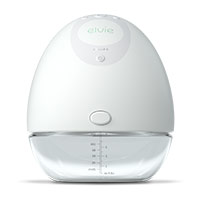

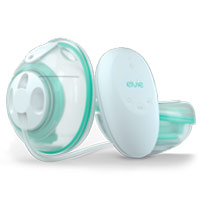
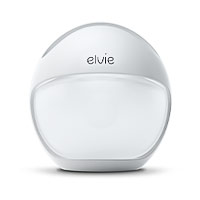
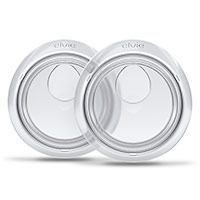
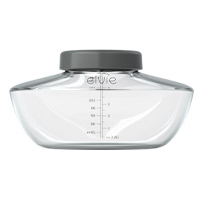
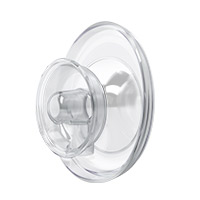

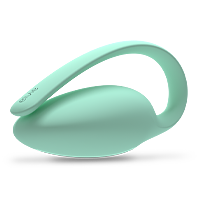
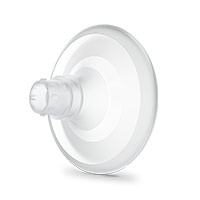
 6 minute read
6 minute read